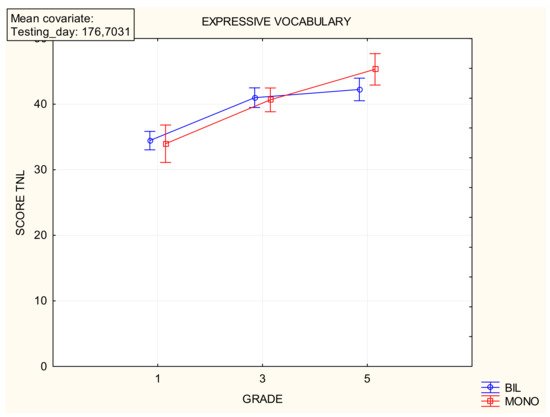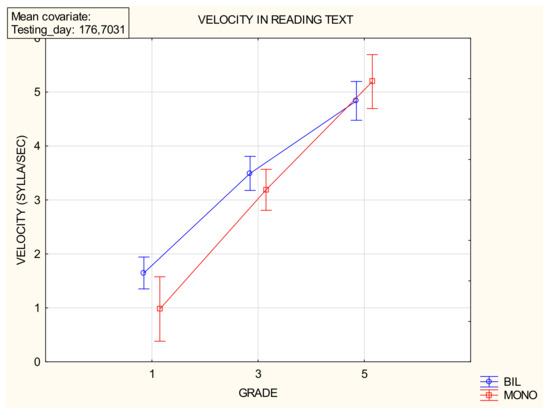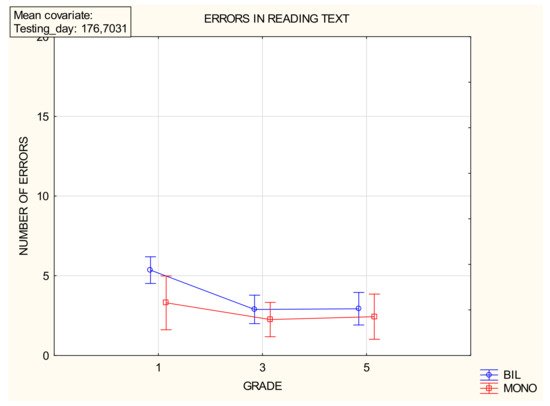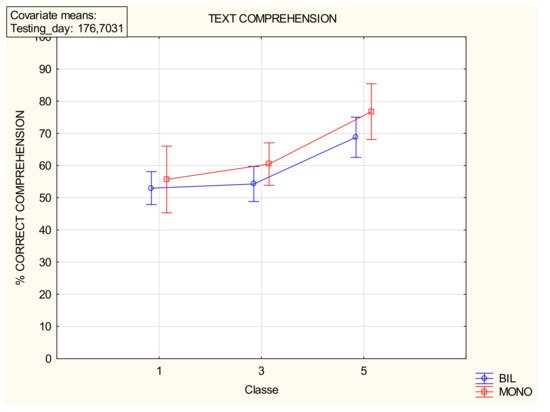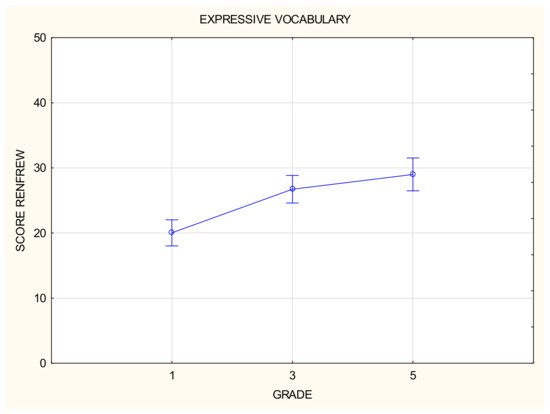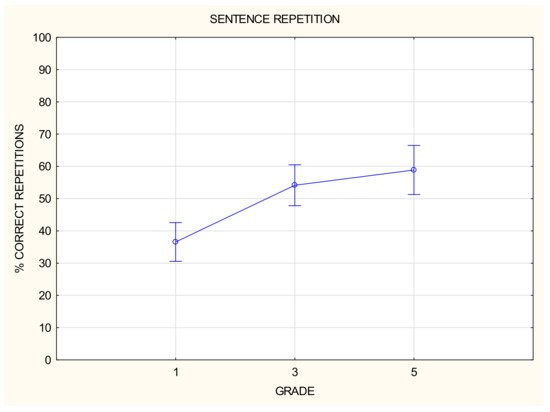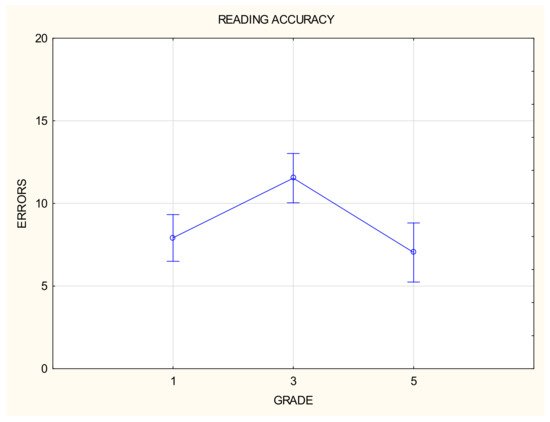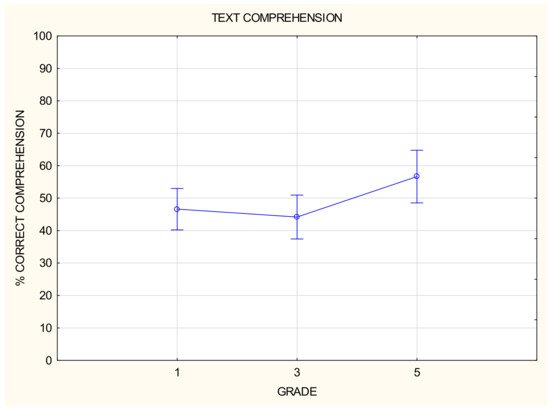Is multilingualism sustainable? Would it not be better if humanity could only speak one language perfectly? The answer to the first question is yes, and that to the second is no. There are some data showing that multilingualism does not hinder literacy achievement and thus, some negative biases often raised against providing double literacy have no scientific basis.
1. Background
Among other things, Diamond points out that humanity has always been multilingual, and even today, there are areas of the world where people currently speak a mean of five languages. He also notes that “Sadly, languages are now vanishing more rapidly than at any previous time in human history. If current trends continue, 95% of the languages handed down to us from the tens of thousands of years of history of behaviourally modern humans will be extinct or moribund by the year 2100”. As plant and animal species are becoming extinct, so are languages, and both losses are catastrophic. Then, he continues, “Much less attention has been paid to the disappearance of our languages, and their essential role in the survival of those indigenous cultures. Each language is the vehicle for a unique way of thinking and talking, unique literature, and a unique view of the world. Hence looming over us today is the tragedy of the impending loss of most of our cultural heritage, linked with the loss of most of our languages”. Losing a language means losing culture and all the practices that this culture has created (the names of plants, ways of building some things and so on).
2. Comparison between Bilinguals and Monolinguals on the Italian Tasks
To answer the first research question, whether an Italian–English simultaneous immersive education impacts the acquisition of Italian (L1) and the literacy development in Italian, we examined the Italian performance of the bilingual group compared to that of the monolinguals.
First, assessing oral language abilities. As is evident in Figure 1, expressive vocabulary was found to improve across the three grades, both in monolingual and bilingual children.
Figure 1. Raw scores (Max = 50) at Italian expressive vocabulary (TNL) in Grade 1, 3 and 5 of monolingual and bilingual children. Bars indicate a confidence interval at 0.95.
GLM analysis on raw scores from the Test Neuropsicologico Lessicale per l’età evolutiva (TNL) with group (monolingual and bilingual) and grades (1,3,5) as between subject factors, and testing time as a covariate confirmed this observation: only an effect of grade was found F (2, 185) = 40.5, η2 = 0.30, p < 0.001 (in our analyses, we report the partial Eta-square (η2), which is a measure of effect size). Bonferroni-corrected post hoc results confirmed that all three grades differed from each other (p < 0.05). No significant group difference was found.
As shown in Figure 2, performances in the sentence repetition task improved from first to third Grade in both groups of children. In third Grade, we observe a ceiling effect (total number of responses = 48).
Figure 2. Scores (max = 48) at the Italian sentence repetition task in Grade 1, 3 and 5 of monolingual and bilingual children. Bars indicate a confidence interval at 0.95.
As expected, a GLM analysis on scores from the LITMUS SRep task—Italian version with group and grades as between subject factors and testing time as a covariate only found an effect of grade F (2185) = 14.6, η2 = 0.14, p < 0.005. In addition, Bonferroni-corrected post hoc results showed that first graders differed from third and fifth graders (p < 0.001).
To summarize, GLM analyses revealed an effect of grade on language proficiency, indicating positive gains in both groups at lexical and morpho-syntactic levels.
Then, we moved on to analyze passage reading proficiency measures. As shown in Figure 3, reading speed, which in Prove MT-3-Clinica is measured in syllables/seconds, similarly increased across grades in the two groups.
Figure 3. The reading velocity (syllable/seconds) of a text (MT) in Italian in Grade 1, 3 and 5 of monolingual and bilingual children. Bars indicate a confidence interval at 0.95.
Statistical analysis confirmed this observation: an effect of grade was found F (2185) = 121.3, η2 = 0.56, p < 0.001. Bonferroni-corrected post hoc results revealed that all three grades differed from each other (p < 0.001). Furthermore, the testing time was significant F (1185) = 16.43, η2 = 0.08, p < 0.001, although this effect was low, as indicated by the η2. No significant difference was found in the performance of monolingual and bilingual groups.
In Figure 4, we can observe scores in reading accuracy expressed in terms of the number of errors. As can be seen, there was a definite improvement in performance from Grade 1 to Grade 3 in both groups.
Figure 4. Errors at reading a text (MT) in Italian in Grade 1, 3 and 5 of monolingual and bilingual children. Bars indicate a confidence interval at 0.95.
The statistical analysis only revealed an effect of grade F (2185) = 6.06, η2 = 0.06, p < 0.005. Bonferroni-corrected post hoc results showed that first graders differed from third and fifth graders (p < 0.01). Differences in the performance of monolingual and bilingual groups did not turn out to be significant.
Finally, we analyzed passage reading comprehension. Figure 5 illustrates the performance of the participants.
Figure 5. Raw scores at the reading comprehension (MT) in Italian in Grade 1, 3 and 5 of monolingual and bilingual children. Bars indicate a confidence interval at 0.95.
The statistical analysis revealed an effect of grade F (2185) = 11.36, η2 = 0.10, p < 0.001. Bonferroni-corrected post hoc results showed that first and third graders differed from fifth graders (p < 0.001).
In conclusion, robust effects of grade were found in all the Italian tasks evaluated. When controlling for the time of testing, which was different for monolingual children in Grades 1 and 3, we did not find group differences in any measure.
3. English Language and Reading Development within the Bilingual Group
To observe the impact of an Italian–English simultaneous immersion program on the development of language and literacy skills in English (L2), we examined the English performance of the bilingual group across Grade 1, 3 and 5.
First, we analyzed English expressive vocabulary and the sentence repetition task in English.
As shown in Figure 6 and Figure 7, both skills were found to improve across grades, although this was to a greater extent from Grade 1 to 3.
Figure 6. Raw scores (Max = 50) in English expressive vocabulary (Renfrew) in Grade 1, 3 and 5 of bilingual children. Bars indicate a confidence interval at 0.95.
Figure 7. Scores (Max = 60) in the English sentence repetition task in Grade 1, 3 and 5 of bilingual children. Bars indicate a confidence interval at 0.95.
GLM analysis on raw scores in the Word Finding Vocabulary Test with grades (1, 3 and 5) as between subject factor showed an effect of grade F (2118) = 18.2, η2 = 0.24, p < 0.001. The Bonferroni-corrected post hoc test confirmed that bilingual first graders differed from third and fifth graders (p < 0.001). An effect of grade was also found in the LITMUS SRep task —English version F (2118) = 13, η2 = 0.18, p < 0.001. Bonferroni-corrected post hoc results showed that first graders differed from third and fifth graders (p < 0.001).
Secondly, we analyzed reading speed and accuracy through the York Assessment of Reading Comprehension Passage Reading (YARC). In Figure 8 and Figure 9, we can observe a similar trend across grades for both measures. Unlike the Italian MT-3 test for reading (which measures velocity in syllables/seconds), YARC reading speed is the total time in seconds that the child takes to read the passage.
Figure 8. Reading velocity of a text (York) in English in Grade 1, 3 and 5 of bilingual children. Bars indicate a confidence interval at 0.95.
Figure 9. Errors in reading an English text (York) in Grade 1, 3 and 5 of bilingual children. Bars indicate a confidence interval at 0.95.
Bilingual children in Grade 3 took more time to read the passage than bilingual first graders, but the performance of bilingual children definitely improved in Grade 5.
Regarding accuracy, third graders made more errors while reading a text (accuracy score is an error score) compared to both first and fifth graders.
Statistical analyses found an effect of grade both in reading rate, F (2118) = 4.66, η2 = 0.07, p < 0.05, and in reading accuracy, F (2118) = 0.918, η2 = 0.13, p < 0.001. Bonferroni-corrected post hoc results revealed that third graders differed from fifth-graders (p < 0.05) in reading rate, with fifth graders, outperforming third graders; in reading accuracy, Bonferroni-corrected post hoc results showed that first graders differed from third graders (p < 0.005), with first graders being more accurate than third graders (fewer errors). Third graders differed from fifth-graders (p < 0.001), with third graders being less accurate (more errors) than fifth graders. A total of 82% of the children were more than 1.50 standard deviations below the mean on reading velocity, and 97% were more than 1.50 standard deviations below the mean on reading accuracy, calculated based on English monolingual norms.
Reading comprehension performance is displayed in Figure 10. As can be seen, there is an improvement from Grade 3 to 5, although the difference was not statistically significant.
Figure 10. English reading comprehension (York) scores in Grade 1, 3 and 5 of bilingual children. Bars indicate a confidence interval at 0.95.
In conclusion, the effect of grade was found in all of the English measures in the Italian–English bilingual group, with the only exception being reading comprehension. However, regarding English reading proficiency measures (i.e., reading rate and accuracy), a weaker performance was revealed in Grade 3 children. Still, there was a final improvement in Grade 5 by the end of primary school.
4. Correlations between Italian and English Skills in the Bilingual Group
As far as language measures are concerned, a significant positive correlation was found between expressive vocabulary measures in Italian and English, r = 0.47, p < 0.001. A significant positive correlation was also found between the scores in the LITMUS SRep tasks (Italian and English version) r = 0.40, p < 0.001.
Reading measures —involving only third and fifth graders— revealed that reading errors also correlated r = 0.37, p < 0.05: those who made more errors in Italian also did so in English. Reading comprehension in the two languages correlated, r = 0.24, p = 0.03. We must point out the difference between the Italian and English reading comprehension tasks. While in Italian, the responses to the questions were written, and different texts were used to test technical reading and reading comprehension, in English, they were administered orally, and the same passage was used to test both technical reading and reading comprehension.
